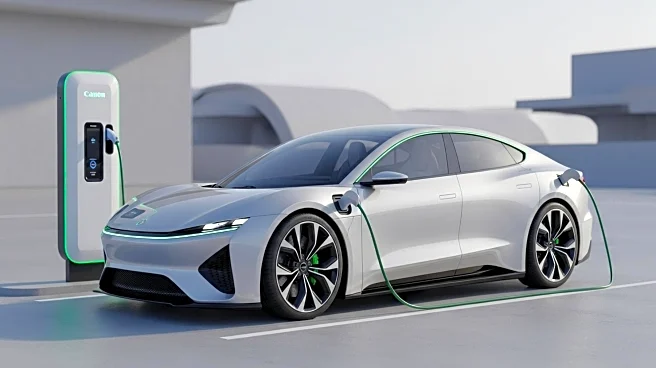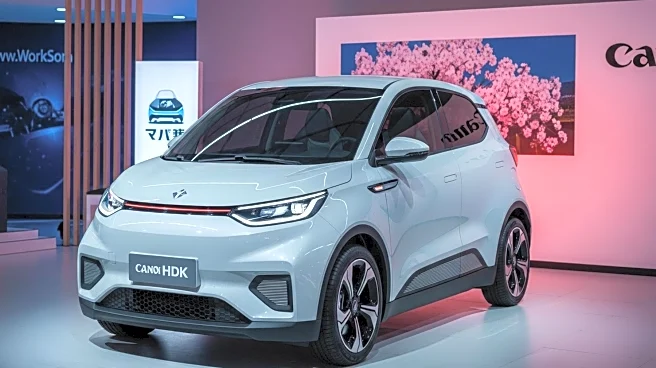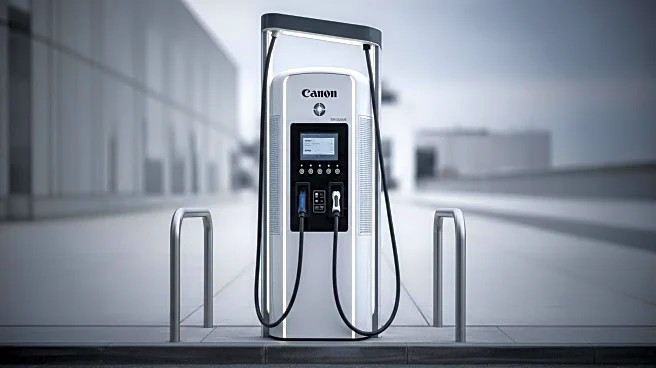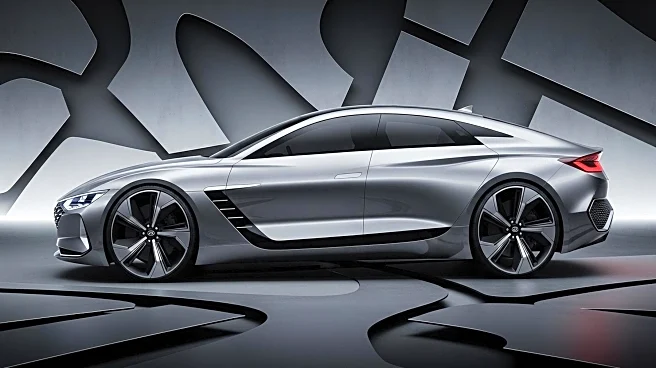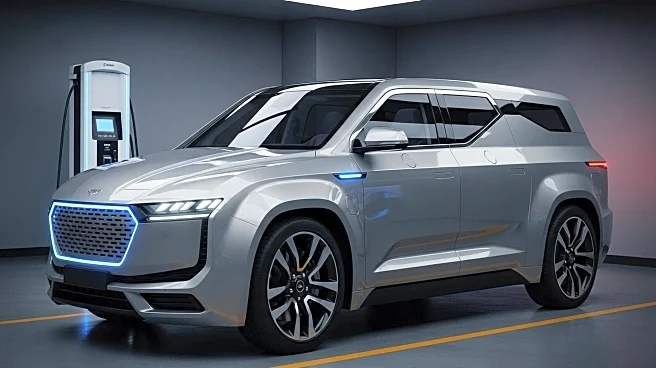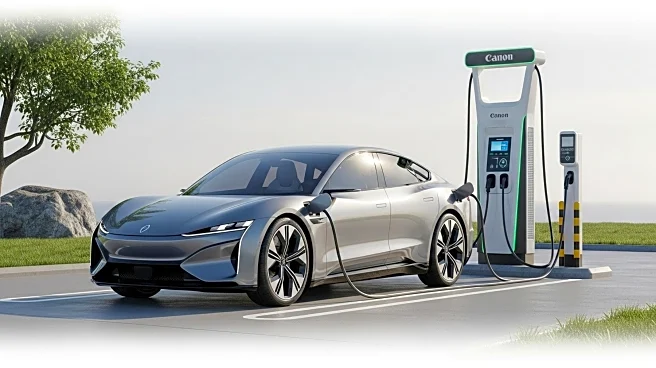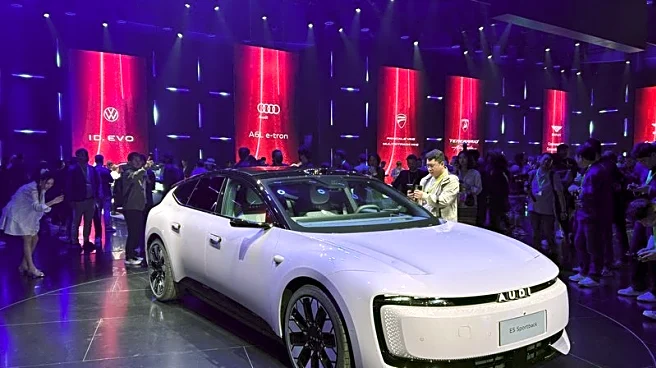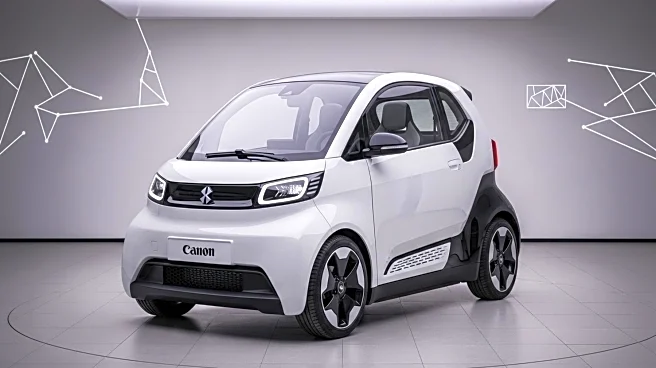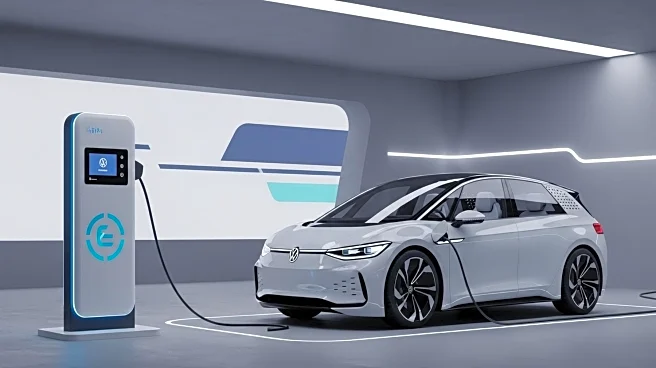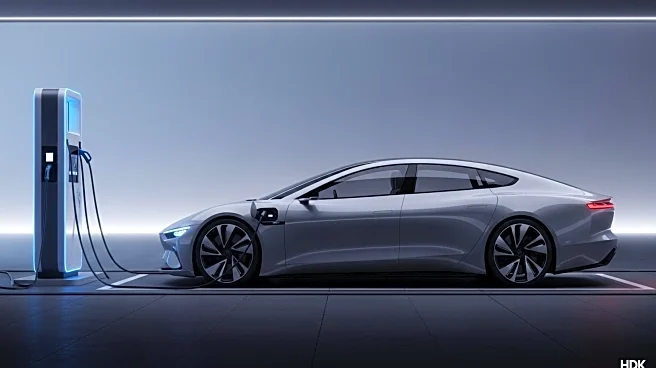What's Happening?
Nissan has introduced the 2026 model of its Leaf electric vehicle, marking a significant evolution in its design and efficiency. The new Leaf is built on a dedicated electric vehicle platform, shared with Renault and Mitsubishi, which enhances its space efficiency and performance. This third-generation Leaf is shorter in length but offers increased rear legroom, making it more comfortable for passengers. The vehicle's design features a lower drag coefficient, contributing to its improved efficiency. The new Leaf's exterior design bears a resemblance to the Nissan Ariya, with a body style that blends elements of a crossover and a fastback sedan.
Why It's Important?
The introduction of the 2026 Nissan Leaf represents a strategic move by Nissan to strengthen its position in the competitive electric vehicle market. By utilizing a dedicated EV platform, Nissan addresses previous limitations of the Leaf, such as battery cooling issues, thereby enhancing the vehicle's appeal to consumers. This development is crucial as the automotive industry increasingly shifts towards electric vehicles, driven by environmental concerns and regulatory pressures. The improved design and efficiency of the Leaf could attract a broader customer base, potentially increasing Nissan's market share in the EV sector.
What's Next?
As the 2026 Nissan Leaf enters the market, it is likely to face competition from other electric vehicle manufacturers, including Tesla and emerging players from China. Nissan's focus on efficiency and passenger comfort may influence other automakers to prioritize similar features in their EV offerings. Additionally, consumer response to the new Leaf will be critical in determining its success and could impact Nissan's future strategies in the electric vehicle market.
